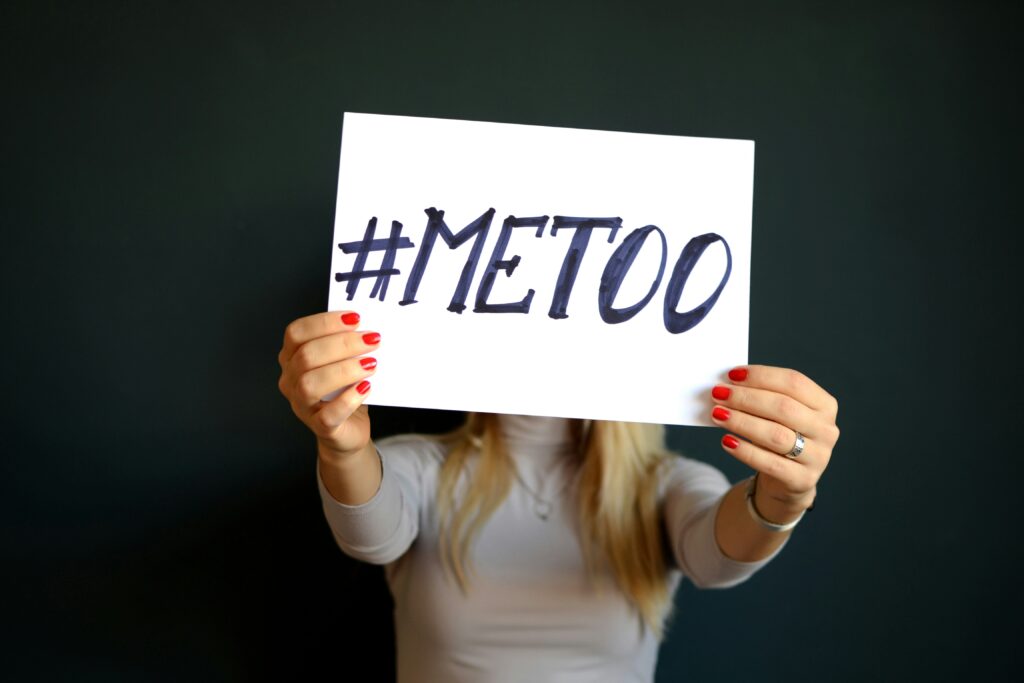What is sexual harassment?

1 in every 3 people have experienced sexual harassment at work in the last five years. Despite the prevalence of sexual harassment in Australian workplaces, many people find it hard to define sexual harassment, and are not familiar with the wide range of behaviours that can constitute workplace sexual harassment.
Sexual harassment is defined as any unwelcome sexual behaviour that a reasonable person could anticipate may make another person feel offended, humiliated or intimidated in that situation.
There are three key parts to this definition of sexual harassment, they include:
1- Conduct of a sexual nature
2- Conduct that is unwelcome
3- Conduct which offends, humiliates or intimidates a reasonable person
Let’s examine each part of this definition.
CONDUCT OF A SEXUAL NATURE
Workplace sexual harassment includes a wide range of different behaviours. Some examples of sexually harassing behaviours include:
Inappropriate physical contact
Intrusive questions about a person’s private life or physical apperance
Sharing or threatening to share intimate images or video without consent
Image or videos that are sexually suggestive or that constitute a sexual advance
Unwelcome touching, hugging cornering or kissing
Repeated or inappropriate invitations to go out dates
Sexually suggestive comments or jokes that offend or intimidate
Request or pressure for sex or other sexual acts
Sexually explicit gifts, images, videos, cartoons, drawings, photographs or jokes
Actual or attempted rape or sexual assault
Being followed or watched inappropriately, or someone loitering inappropriately, either in person or via technology
Sexually explicit comments made in person or in writing, or indecent messages (SMS, social media), phone calls or emails-includiing the use of emojis with sexual connotations
Sexual gestures, incident exposure or the body
Technology-facilitated unwelcome conduct of aa sexual nature-including on virtual meetings
Inappropriate starting or leering
Repeated or inappropriate advances on email or other online social technologies.
Sexual harassment is not always obvious, repeated or continuous. It can include one-off incidents, or it can include a pattern of behaviour that makes the working environment uncomfortable or threatening in a sexually hostile way, such as displaying sexually offensive pictures, figurines or gifts or a culture of suggestive comments or jokes.
Sexual harassment does not have to be directed at a specific person. It can also affect people who are exposed to, or witness, it (for example, overhearing a conversation between colleagues or seeing a colleague’s sexually explicit screensaver).
UNWELCOME CONDUCT
Unwelcome conduct is behaviour which has not been solicited or invited by a person, who considers the behaviour to be undesirable, offensive or disagreeable.
Whether the behaviour was unwelcome is a subjective question from the perspective of the person alleging sexual harassment. The behaviour may still be unwelcome conduct even where it:
- may not have been unwelcome to others
- has been an accepted feature of the work environment in the past
- was not intended to be sexual or to offend, humiliate or intimidate.

Conduct can become unwelcome at any time.
It is not necessary for the person harassed to have explicitly addressed the behaviour or informed their alleged harasser that the behaviour is unwelcome.
CONDUCT WHICH OFFENDS, HUMILIATES OR INTIMIDATES A REASONABLE PERSON
- the sex, age, sexual orientation, gender identity, intersex status, marital or relationship status, religious belief, race, colour, or national or ethnic origin of the person harassed
- the relationship between the parties involved
- any disability of the person harassed.
- here
EVERYONE HAS THE RIGHT TO BE SAFE AND FREE FROM SEXUAL HARASSMENT WHILE AT WORK.
Learn more about Workplace Harassment Prevention Training and our SHARE Reporting Platform here.
#SexualHarasment
